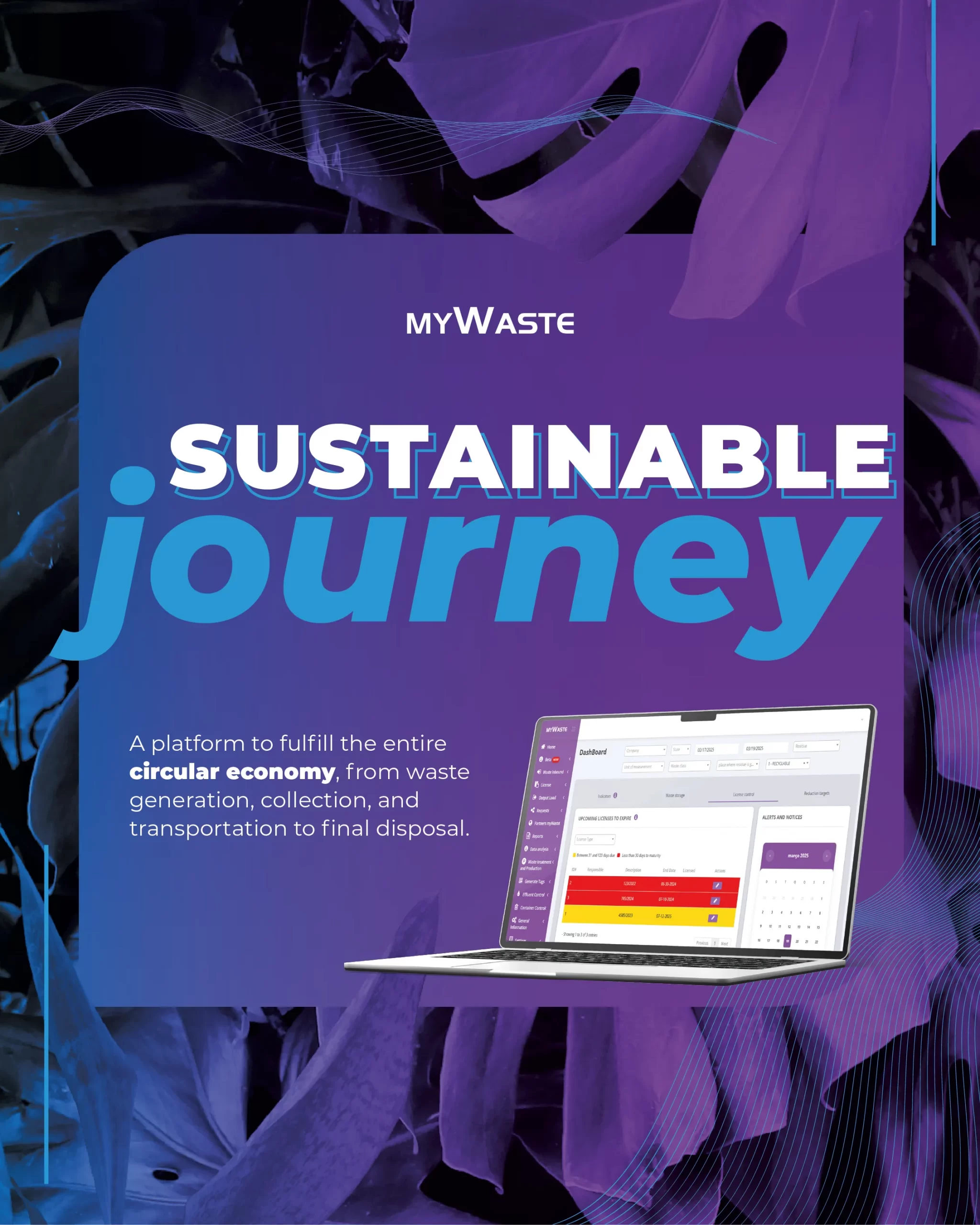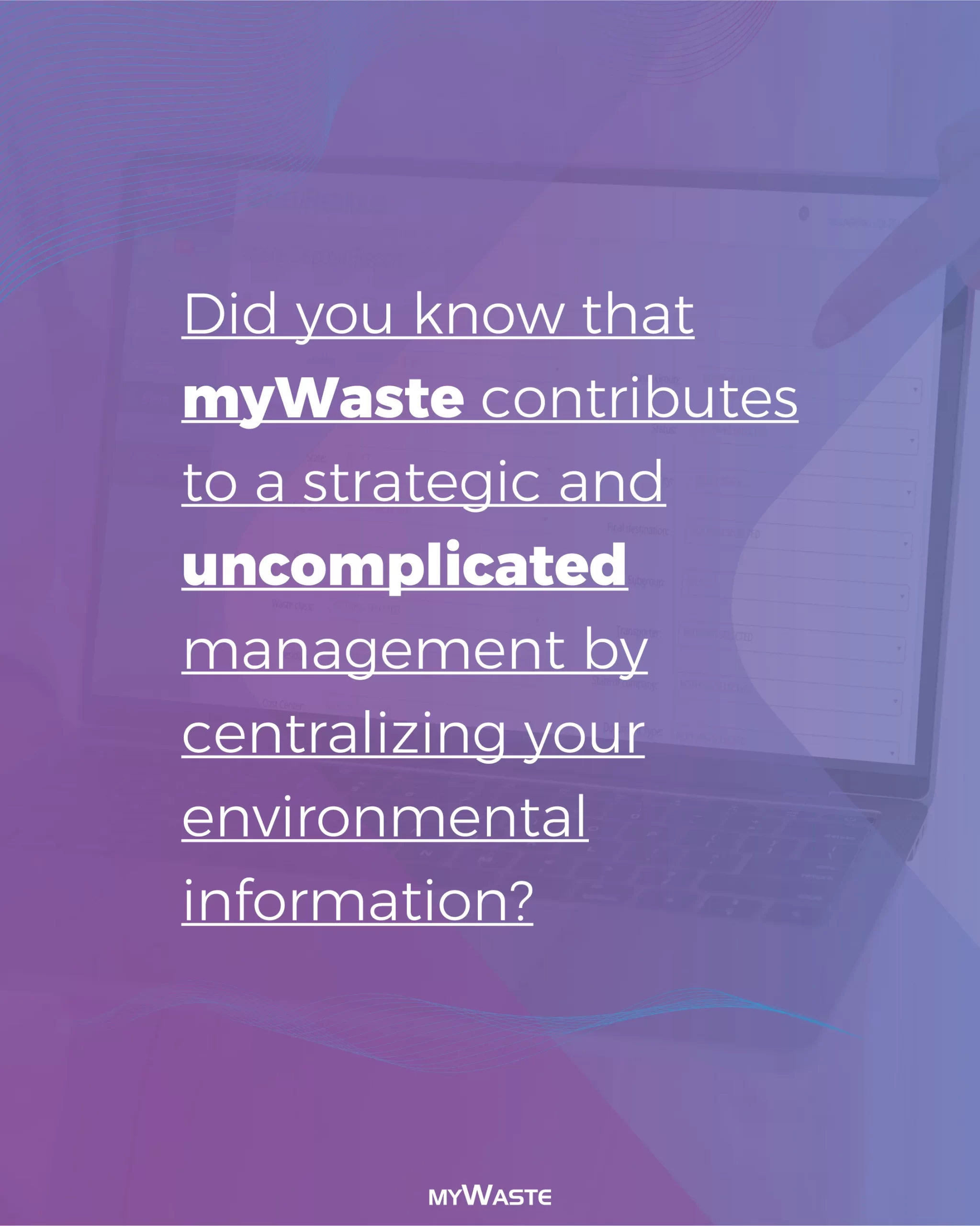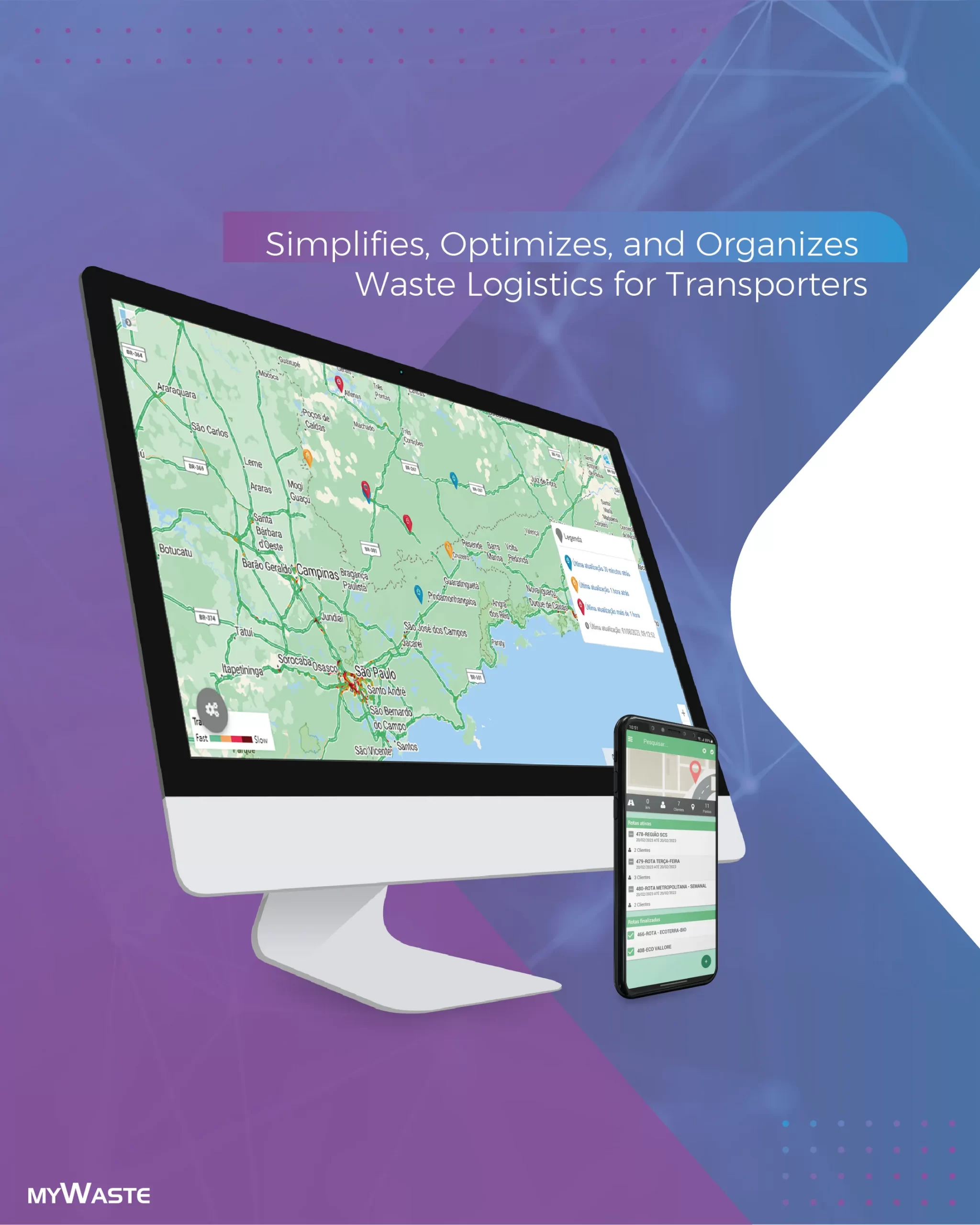
Each type of waste has a specific process of collection, storage, transportation, recycling and final disposal. The way that the collecting company works the differences on the processes reflects considerably on the waste operational development.
Let’s stablish some fundamental points about efficient internal procedures, since the planning until the action execution.
To help on this task, we brought some technological aspects that offer solutions capable of simplifying the processes.
Attendance
The organization of the customer’s information is the beginning of the waste collection planning. The storage of the full customer’s registration produces management reports and transforms these information, whether private or contractual, in data that systematizes and lines up the process. This step is transformed in the supporting area for all the waste collection cycle.
Team productivity
The waste collection planning has the organization of the daily collection route as a step of great importance. Each field team has to be capable related to the material that they have to have with themselves to collect the many types of waste. Besides, the route has to be done by the GPS to favor the increase on the productivity.
Documentation
The improvement of the processes is done through the elaboration of spreadsheets with the documentation from the data collection. This is a step, inside the planning, that gives the controlling of the waste surplus, evidences and audits validating the registration from the field collection.
Legislation
The waste national politics determines the concept of responsibility shared among manufacturers, resellers and users, related to the destination or to the recycling of products and packaging. With this guideline, the legislation demands transparency, detailed information and indicators about the waste generated with the proof of the final disposal.
It is possible to automatize these steps, providing more optimization and agility on the collection process. The more transparent and organized is the process, the more trustful the company becomes.



